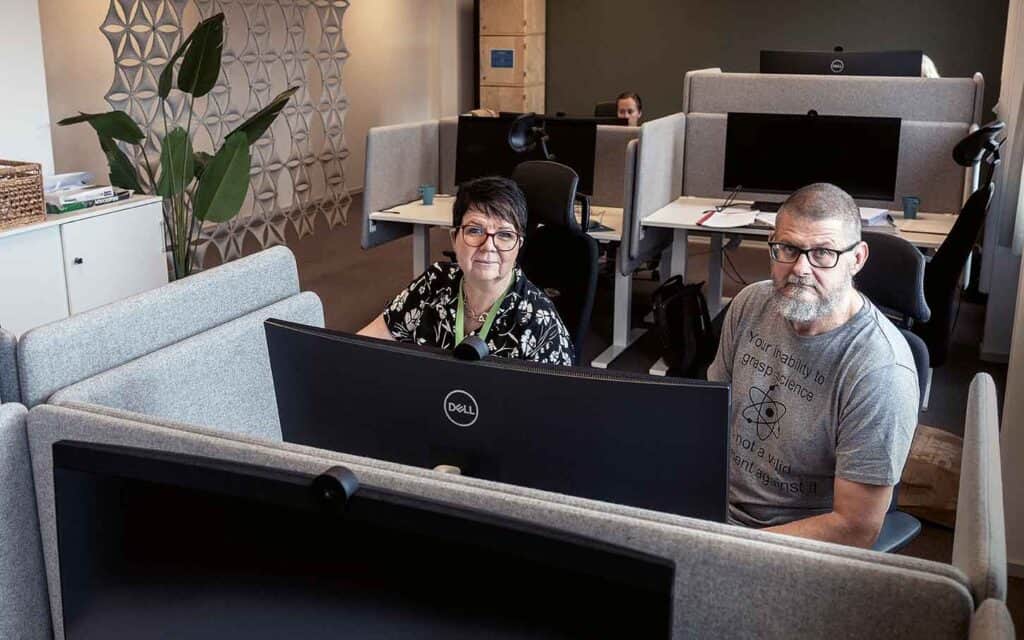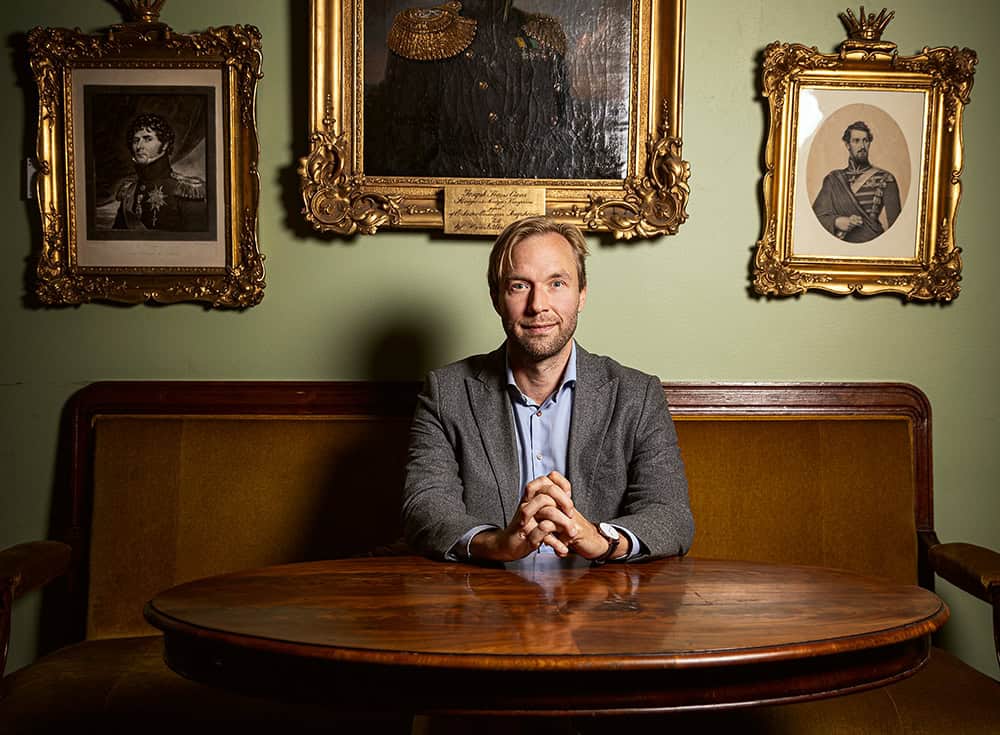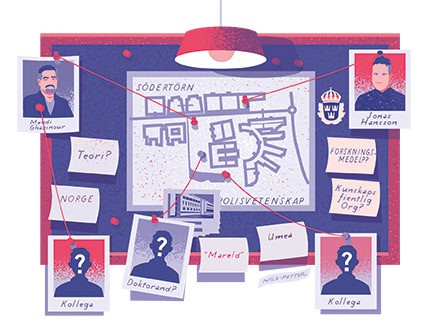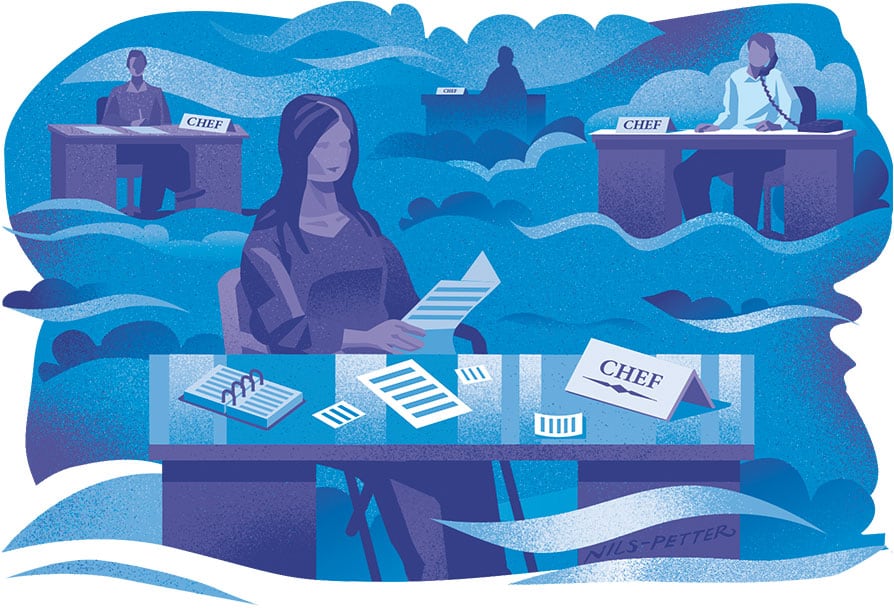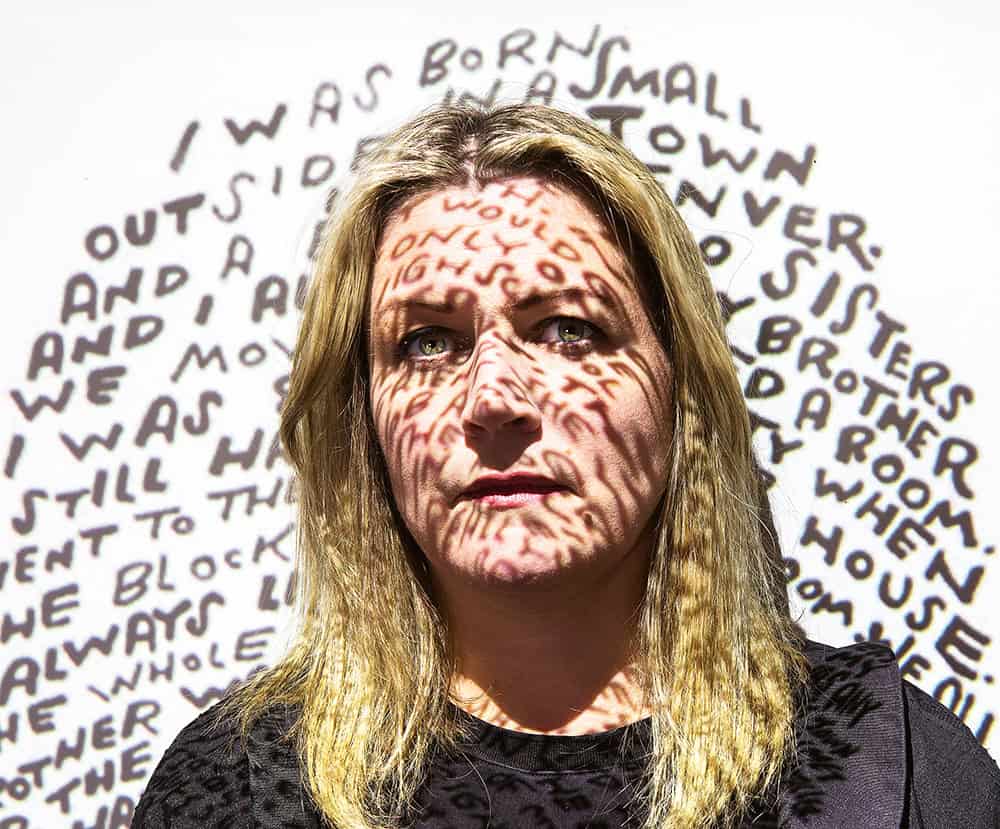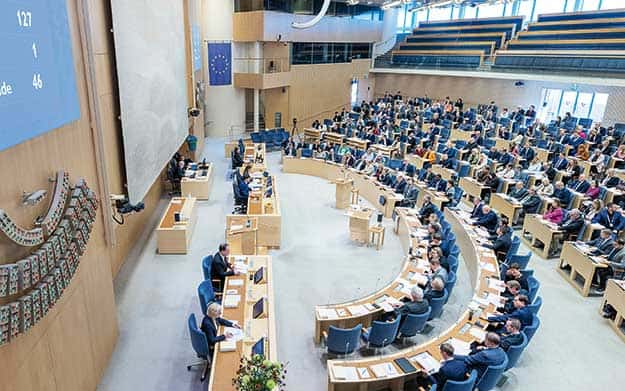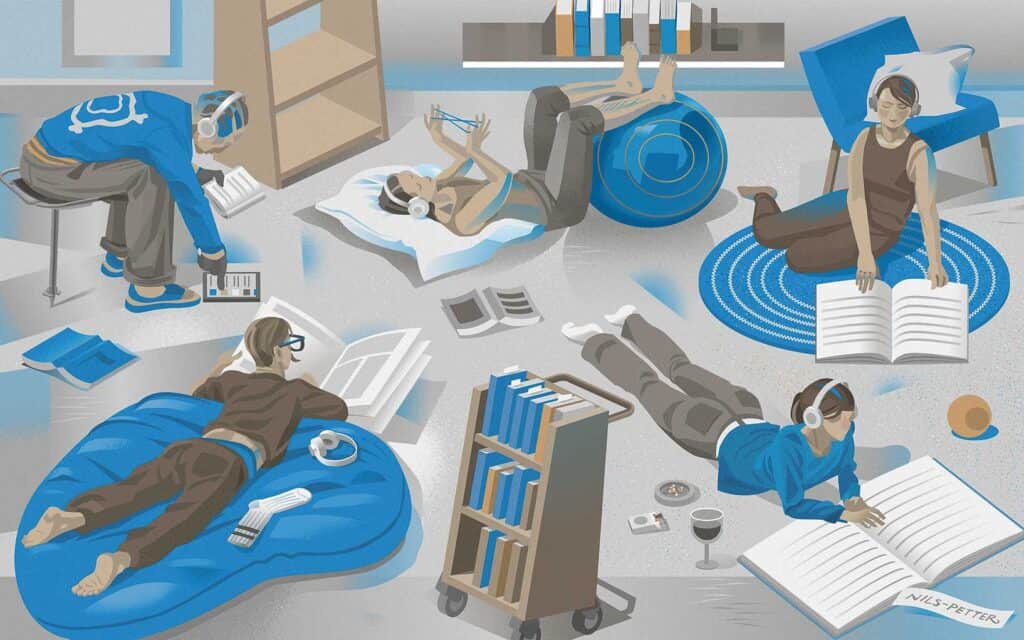In the survey, 71 per cent of ST’s members in the HE sector fully or partly agree with the statement ‘I often experience stress as a result of my work’.
“This is worryingly high,” says Sandra Hellstrand, a postdoctoral researcher in economic history at Uppsala University, and a member of the board of the local ST association at the university, as well as the board of ST’s university and college section.
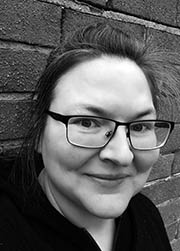
Sandra Hellstrand
Postdoctoral researcher in economic history at Uppsala University, and a member of the board of the local ST association
37 per cent work overtime at least once a week. 67 per cent of those who work overtime do so because they cannot do all their work in their normal working time.
“These are also unreasonably high figures, and we know that this is often not overtime that has been ordered by the employer. So we have a dual problem: too much stress and overtime, and overtime that is often not compensated for.”
Stress in turn translates into high levels of sick leave.
“People go back to work before they have recovered fully, and some are even expected to work remotely when they are off sick,” says Hellstrand.
The ST work environment survey was sent out to all members of the union, and the response rate was 38 per cent. ST picked out the survey responses from members in the higher education sector for Universitetsläraren, a total of 3,472 people.
ST has members in all professional categories at higher education institutions. This, says Hellstrand, means that the survey provides a comprehensive picture of the work environment in the sector, not just for certain categories of employee.
17 per cent of respondents in the higher education sector report that they do not think they will be able to work until retirement age if their current work situation continues. For 82 per cent of these, the reason is too much stress, while 18 per cent say the reason is that the work is too demanding physically.
“This shows the importance of the organisational and social work environment. We will now present the results of the survey at higher education institutions, and the work with work environment issues will continue in the spring,” says Hellstrand.
Anita Pettersson Strömbäck is the chief health and safety representative at Umeå University and agrees about the heavy workload. She emphasises the importance of continuing to work with health factors, and ST’s work environment survey also provides a picture of these.
44 per cent of respondents at higher education institutions agree completely that their physical work environment is good, while 47 per cent partly agree. Poor ventilation and a shortage of quiet areas are the most frequently cited issues.
Far fewer people are positive when asked about the social and organisational working environment, with 26 per cent agreeing that it is good, while 50% partly agree. In descending order, what people report as good are: own influence over work and working hours; co-operation with colleagues; varied work; and openness to ideas and opinions. The most frequently reported causes of a poor work environment are unclear expectations, constant change and leadership.
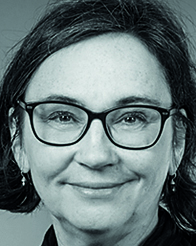
Anita Pettersson Strömbäck
Chief health and safety representative at Umeå University
Pettersson Strömbäck’s view is that the increased workload is a result of there being two competing management rationales at higher education institutions. “We have very strict financial management until we get down to the shop floor, where we talk about professionalism and quality. And because there is not enough room for quality in the budget we have been given, we work for free to give our students a good education.”
Financial management must be implemented all the way if it is to succeed, she says. “Then the teacher can record all their lectures in order to be cost-effective, and then the teacher can use their time to do assessment activities with the students.”
However, she points out, it is not cost-effective for a professor to try to subtitle their own recorded teaching material. “After all, there are no subtitlers more expensive per hour than a professor.”




